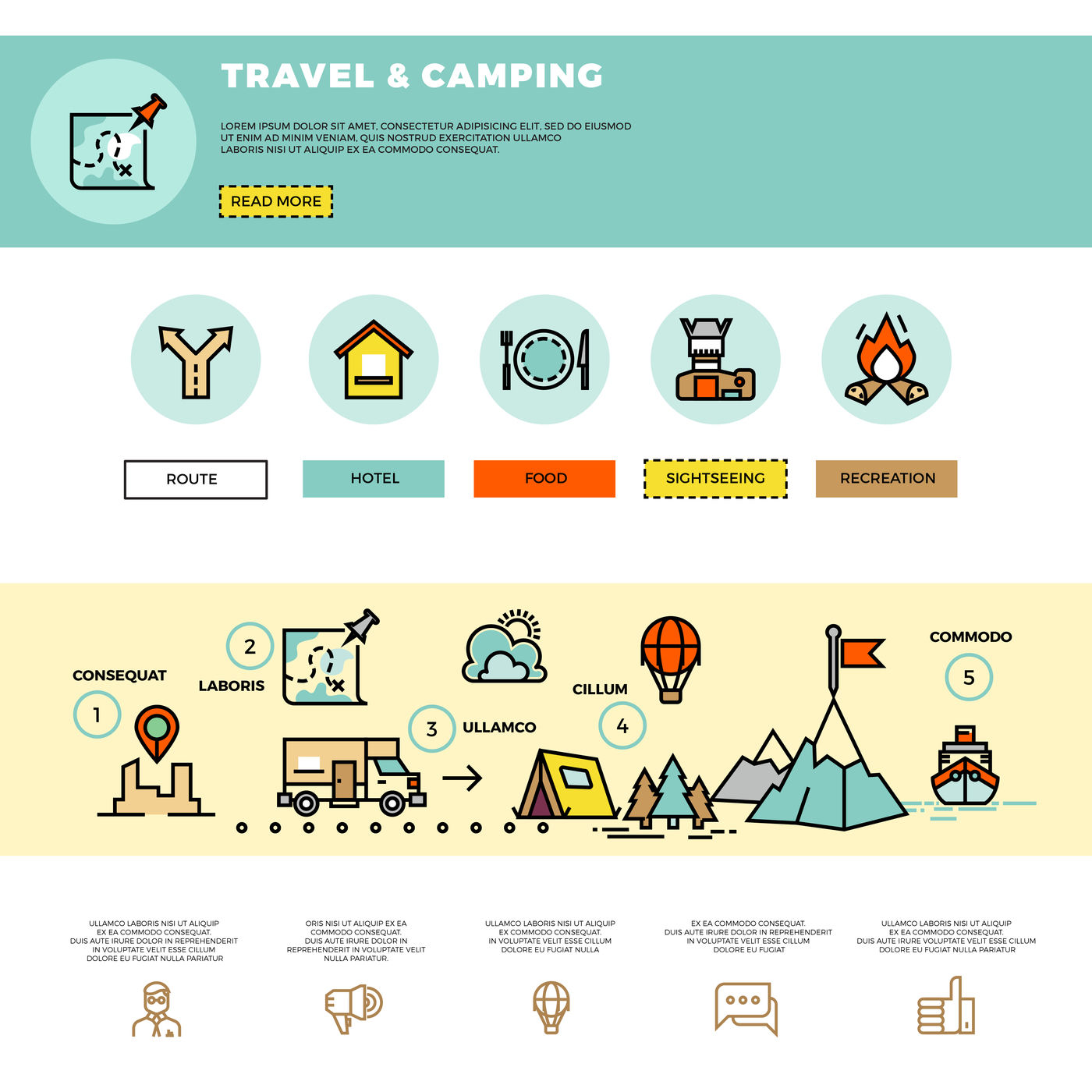Market Your Growing Online Camping Tents Empire To Success By Selling Camping Tents
Market Your Growing Online Camping Tents Empire To Success By Selling Camping Tents
Blog Article
The Background of Bell Tents
From the nomadic tribes of Central Asia to glamping sites worldwide, bell camping tents have become a symbol of rustic adventure. Their legendary shape and sizable insides develop a setting that is both relaxing and impressive.
How do you pack a bell tent?
Their origins can be mapped to army camping tents created by Henry Hopkins Sibley, that patented the cone-shaped canvas shelter in 1856. The design was based upon the Indigenous American teepee and was developed to be easily assembled, sturdy and mobile.
Origins
The bell tent has been a staple for exterior lovers considering that the 19th century. The style is rooted in military tents that saw solution in the Crimean War, and later came to be preferred with scout groups throughout America. The American Sibley camping tent was a variation of the European bell tent. Its developer, Henry Hopkins Sibley, took ideas from the Native American tepee when creating his variation. His design integrated a solitary facility post, increased larger wall surfaces and an airing vent cap that allowed smoke from the stove to run away.
Today, contemporary canvas bell tents supply a feeling of high-end for camping lovers and are a preferred option for glamping retreats. With a sizable interior and an attractive form, these camping tents can be adorned with furnishings and design to create a comfortable and intimate setting for owners. The round style also assists with wind resistance and permits versatile interior designs. The less complex layout with fewer poles and risks makes it less complicated to set up camp and transport to various areas.
Army Usage
The Bell Tent was a home-away-from-home for many soldiers in the 18th century. It was used on the combat zone in addition to for command centres and field hospitals.
Its capability to be quickly established in a range of mission circumstances enabled it to function as an efficient sanctuary and office. Its modular design suggests it can broaden or contract to fit the demands of various sized teams and goals.
Additionally, it can be easily moved utilizing a range of automobiles and manual transportation, making it a useful choice for army and rescue operations. Its light-weight, small nature also makes it much easier for soldiers or rescuers to carry and trek across intricate terrain to reach their goal site. This conserves useful time and resources.
Glamping
With the increase of glamping, bell tents came to be prominent as a luxurious outdoor camping alternative. Their famous silhouette develops a magical atmosphere and can be fitted with stylish home furnishings to add an additional touch of comfort to your outdoor camping experience.
In the 19th century, the army adapted the layout to make it much more sturdy and useful for usage on war zones and explorations. Animal hides were changed by canvas that had been treated with waterproofing representatives, enabling the bell outdoor tents to endure extreme weather conditions.
The bell outdoor tents's practicality captured the focus of leisure campers, and it swiftly acquired popularity as a tent for camping journeys and various other outdoor occasions. It is tent waterproofing now a staple at shop outdoor camping sites, songs events, and eco-resorts, where it provides a mix of fond memories and elegance.
Layout
The bell tent's easy layout stood out of recreational campers, and it quickly became a staple among those that wanted to experience the outdoors stylishly. Today, you can locate these versatile frameworks in camping sites and at glamping retreats across the globe.
The very first copyrighted version of the bell camping tent was created by Henry Hopkins Sibley during the American Civil War, attracting ideas from Native American tipis. He integrated a solitary central pole, brief side walls, and a vented "cap" for smoke from an oven to develop his innovative tent.
Gradually, Sibley's layout improved with the enhancement of breathable canvas and various other materials that allowed the camping tent to manage its temperature level. Modern bell tents are made from a range of products, consisting of cotton and blends with flame retardant textile to reduce fire risks. Their large insides are perfect for setting up furnishings to develop comfortable sleeping locations and lounge rooms. They are additionally lightweight and simple to set up, making them a great choice for novices or any individual looking for a hassle-free camping experience.
Can you sleep in a tent in the winter?
